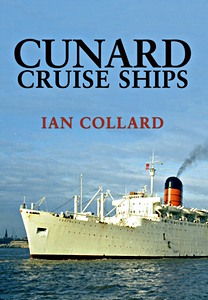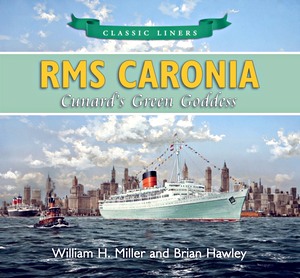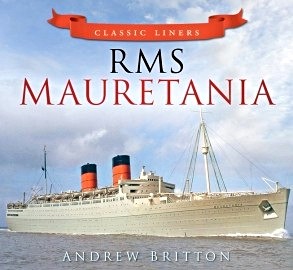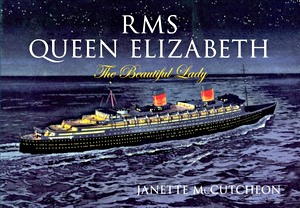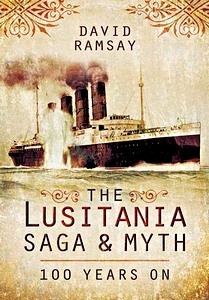Conquest of the Atlantic : Cunard Liners of the 1950s and 1960s
Cunard, the most famous name in shipping, turns 175 in 2015. The company began back in 1840, with paddlewheel steamers, but grew and progressed and created some of the largest, fastest and most luxurious liners afloat in their time. The final 'golden age' on the Atlantic run between Europe & America was the 1950s, when the Company slogan 'Getting There Was Half the Fun' seemed so apt.
Cunard had twelve liners running Atlantic crossings in 1958, for example, the same year the speedy passenger jet appeared and immediately stole trans-ocean travellers.
The Cunard 'cast' of the late '50s includes such celebrated ocean liners like the Queen Mary and Queen Elizabeth as well as others such as the Mauretania, Saxonia and smaller ships such as the Media and the Parthia.
This is the story of these great ships, all still well remembered, and of life onboard them. Cunard would, of course, face furious competition with jet aircraft and, by 1969, be reduced to one Atlantic liner, the legendary Queen Elizabeth 2.
Detalle del libro
| Autor: | William H. Miller |
|---|---|
| Presentación: | 96 páginas, 23 x 24.5 x 0.9 cm, tapa blanda |
| Ilustración: | 200 fotos y color |
| Editorial: | Fonthill Media (GB, 2014) |
| ISBN: | 9781781553503 |

Conquest of the Atlantic : Cunard Liners of the 1950s and 1960s
Idioma: Inglés
Disponible en Amazon con pago segura y envío rápido
Comprar en Amazon ESComprar en Amazon.com

